Bringing Singapore to the Next Stage
Throughout our history, technological innovations have been the instrument of our transformation. Singapore, a tiny island in terms of size, is leveraging on technology as it advances into its next stage of development.
Defined as the most "technology-ready" nation in 2018 by the World Economic Forum, Singapore ranks 5th on the UN Human Development Index and the 3rd highest GDP per capita. It is ranked highly in education, healthcare, life expectancy, quality of life, personal safety and housing. For such an advanced nation, embracing digital technology is essential to reach its next stage of development: to be a smart nation.
For Singapore, being a Smart Nation is about creating new opportunities in a digital age, and transforming the way people live, work and play. On top of that, being a Smart Nation is about achieving efficiencies and effectiveness, through the use of sensors and data to manage the city’s resources and everyday challenges. One such challenge facing Singapore is in the area of energy management.
Singapore is on its way to becoming a smart nation, evident in its efforts in making its buildings more energy efficient, reinforcing urban security with AI as well as preparing for the cancer tsunami to come. By working together with the policymakers, Hitachi hopes to support Singapore’s technological ambitions to make life better for its residents.
Singapore is home to
5.6million people
Singapore’s economy is
38 THLargest in the world
Singapore’s GDP per capita is
US$98,014In terms of PPP
How Hitachi Co-Creates a Brighter Future for Singapore
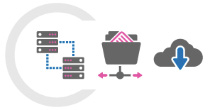
Hitachi is developing the SLEB Smart Hub to share data for energy-efficiency, best practices and expt recommendations by leveraging big data analytics and AI
Read More

Hitachi is helping with public safety in Northpoint City using state-of-the-art video and data analytics tools for the building’s security system
Read More

Hitachi is helping NCCS to set up the first comprehensive Proton Therapy Centre in Southeast Asia which is expected to see up to 1,000 patients a year
Read More
Sharing Energy Efficiency Data for Buildings
The Building and Construction Authority has launched the Super Low Energy Building (SLEB) Programme to lower energy consumptions of its building sector.
SINGAPORE
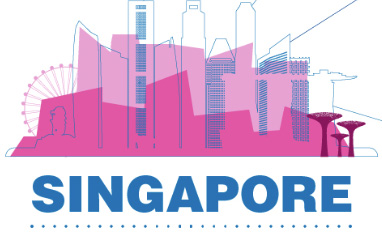
The building sector consumes more than
33%of Singapore’s total electricity consumption
While Singapore is a small island, it has over
4500high-rise buildings
SLEBs have to achieve at least
60%energy efficient measures
This moves Singapore closer to its target of greening
80%of its buildings by 2020
With this backdrop, the Building and Construction Authority launched the Super Low Energy Programme in September 2018. This programme aims to improve energy efficiency in non-residential buildings. Buildings which achieve at least 60% energy savings by adopting energy efficient measures and do not exceed consumption levels of more than 100 KWh per square metre a year will earn the status of a Super Low Energy Building (SLEB).
To help BCA achieve its goal, Hitachi has been tasked to develop the SLEB Smart Hub, a smart resource centre hosting a centralised national database of energy-efficiency data and latest green technologies for buildings. By leveraging Big Data and Artificial Intelligence, the SLEB Smart Hub will offer shared experiences, best practices and expert recommendations, which will accelerate the adoption of green technologies in the building sector.
With this innovative platform, it moves Singapore another step closer to achieving the national target of greening 80% of its buildings by 2030.
Reinforcing Public Safety in Urban Areas
The country is building a Smart National Sensor Platform using AI to analyse footage from CCTVs and sensors around the country.
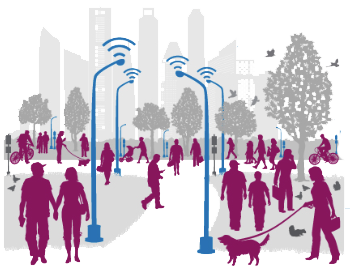
Singapore ranks
#2in the 2017 Safe Cities Index
of Singaporean adults feel safe walking alone at night, compared to the global average of 68%
• Lamp posts are used to transmit data gathered from CCTVs and sensors around the country
• AI is then used to analyse the data to detect anomalies and threats
Hitachi is playing a part in reinforcing urban security by supporting Northpoint City with its security system. Security is critical to Northpoint City as it serves around 210,000 people living in the northern part of Singapore.
Hitachi is supporting Northpoint City in a behind-the-scenes role by providing security and building facilities systems. This includes the design, fabrication and delivery of physical security system, such as monitoring camera system and storage system for recorded camera images.
Using state-of-the-art video and data analytics tolls, Hitachi has empowered Northpoint city to leverage on security technology for marketing purposes as well. This allows them to obtain actionable business intelligence for functions such as measures the footfalls into the stores, which will help to assess their marketing activities and improve sales efforts.
Preparing for the Cancer Tsunami to Come
The National Cancer Centre Singapore (NCCS) is preparing itself to hande this upcoming medical challenge in their near future.
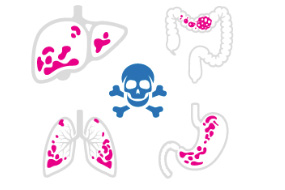
Cancer, responsible for 33% of deaths, was the leading cause of death in 2015
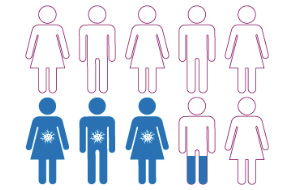
Health experts warn of a cancer tsunami, where 1-in-3 Singaporeans will get cancer in their lifetime
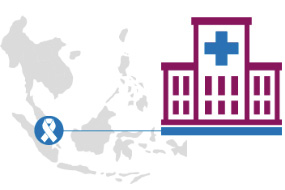
NCCS sees close to 65% of public sector oncology cases in Singapore
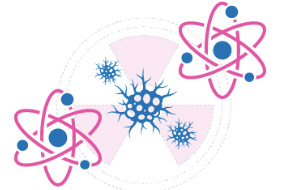
Proton therapy reduces side effects common in conventional radiotherapy
This has prompted the National Cancer Centre Singapore (NCCS) to procure a proton therapy system from Hitachi, which will be housed in the Goh Cheng Liang Proton Therapy Centre in the new NCCS Building, which is scheduled to be completed in 2022. Currently, NCCS sees close to 65% of the country’s public sector oncology cases.
Proton therapy is a cutting-edge cancer treatment that reduces side effects commonly found in conventional radiotherapy. Proton therapy destroys cancer cells using positively charged subatomic particles. This allows for more precise targeting of a tumour, compared with the X-rays used in standard radiotherapy. The system works by sending protons to the site of the tumour, where they release their energy. The healthy cells in front of the tumour get a low dose of radiation, and the ones behind it are not exposed at all.
This will be the first comprehensive Proton Therapy Centre in Southeast Asia and it is expected to benefit up to 1,000 patients a year. Conditions that can be treated by the Proton Therapy System include specific paediatric tumours, while other clinical applications are being reviewed by a national committee appointed by the Ministry of Health.
Release Date: February 2019


